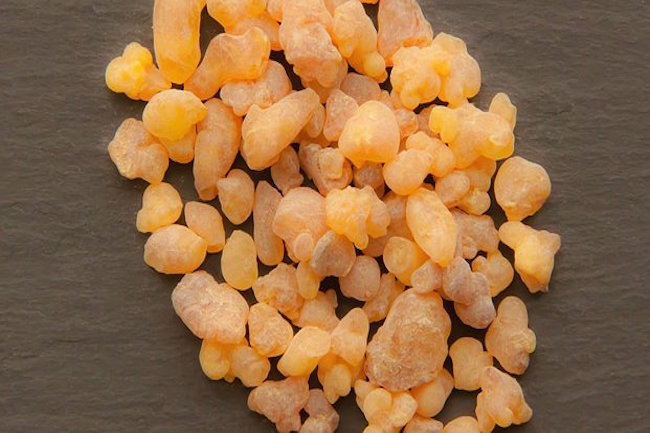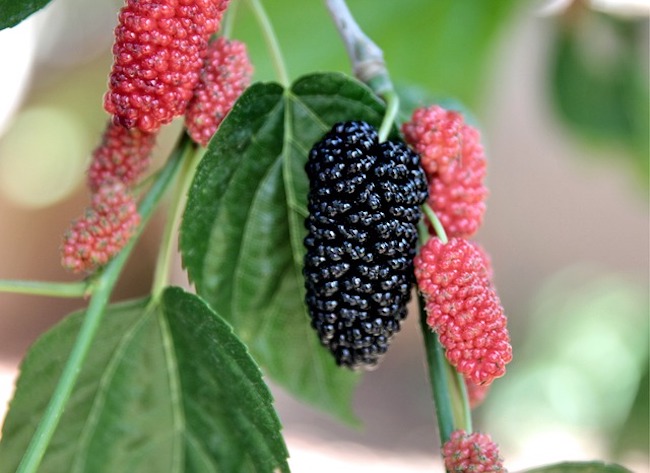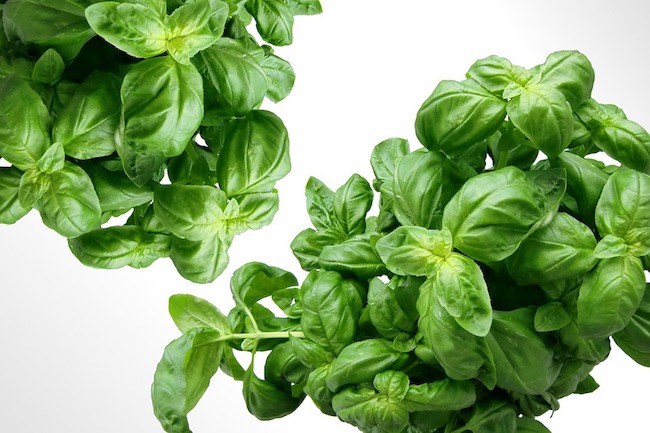The Demand for Frankincense Built Global Trade by Dr. Joseph Mercola for Mercola
Frankincense, which is also known as olibanum,1 was once as common in households as toothpaste and deodorant are today.2 High quality oil or resin is a product of the Boswellia sacra tree, commonly found along the Arabian Peninsula that is home to several countries, including Saudi Arabia, Oman, Kuwait and the United Arab Emirates.3
There are 30 species of the Boswellia plant4 and frankincense is harvested from the B. sacra tree. The gum resin of the plant contains a volatile oil used in perfumes and incense.5
The incense continues to be used in the Roman Catholic and Eastern Orthodox churches, and the resin is used in skin care products and in aromatherapy. Farms in East Africa and countries in the Arabian Peninsula have flourished where frankincense is routinely harvested and shipped around the world.
Frankincense has a long and storied history. The Bible records three Magi who brought gold, frankincense and myrrh as gifts to the Christ child.6 Pliny the Elder wrote it may be an antidote to hemlock poisoning. Avicenna, an Iranian physician, used it to treat a wide variety of ailments. It has traditionally been used in the Middle East to treat ulcers, high blood pressure, fever, indigestion and chest colds.7
Frankincense Supports Neurological Function
The widespread use of frankincense was in part related to the health benefits users experienced. Research published since 2000 shows it offers much more than a fragrant scent. In one study8 it was demonstrated that the resin from the Boswellia incites anti-inflammatory activity, inhibition of neurodegeneration and a beneficial effect on practical outcomes after a closed head injury in an animal study.
Authors of a second study9 confirmed these results and suggested incensole acetate, an element of the resin, may be a therapeutic treatment for ischemic neurological injury. Researchers have found frankincense is helpful for those who have central neurological disorders, such as Alzheimer’s.
They concluded that consistent use of frankincense may improve symptoms of Alzheimer’s-type dementia.10 In another study, in which scientists evaluated the central effects of frankincense, it was suggested:11
“The effect of frankincense is remarkable in increasing the number of dendritic segments and branching in the neuron cells of hippocampus, causing more synaptic connections in that area and, therefore, improvement of learning and memory.
Extensive studies on frankincense and its effect on neurophysiology could be a right approach in finding a possible new complementary or alternative natural medicine to control, cure, or prevent some kinds of neurodegenerative diseases such as Parkinson’s and Alzheimer’s.”
The administration of frankincense extract was also found to reduce brain atrophy and have a beneficial effect on those suffering from relapsing-remitting multiple sclerosis.12 The effect of frankincense extract on peripheral nerve regeneration also yielded positive results in an animal model.13




